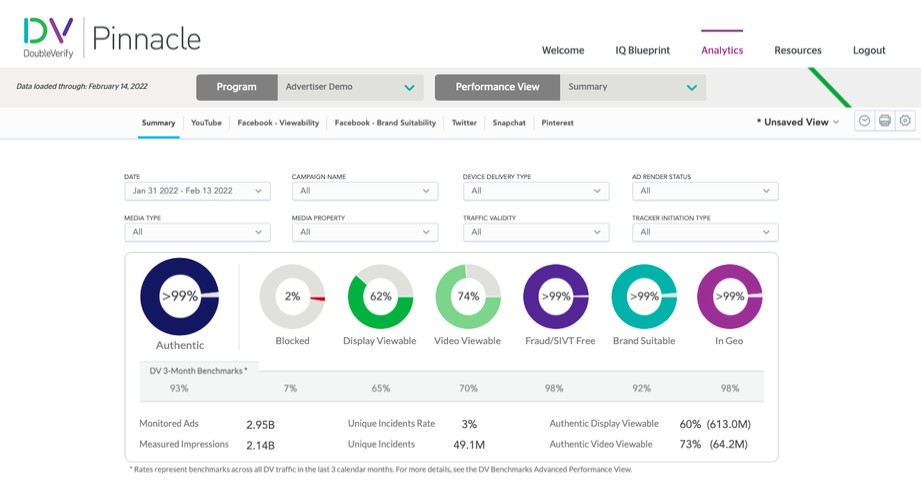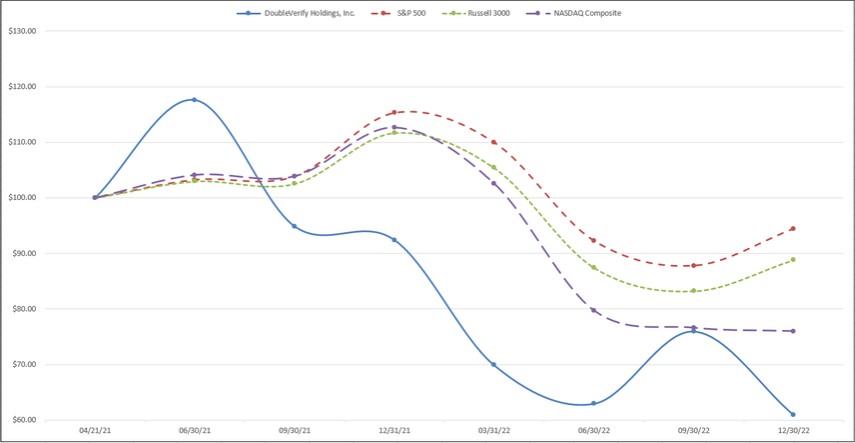Operating Expenses
Cost of revenue includes platform hosting fees, data center costs, software and other technology expenses and other costs directly associated with data infrastructure. Cost of revenue also includes personnel costs including salaries, bonuses, stock-based compensation, employee benefit costs, commissions related to revenue share arrangements with Demand-Side Platforms, and allocated overhead expenses for personnel who provide the Company’s customers with support in implementing and using the Company’s software platform. Cost of revenues excludes depreciation and amortization.
Product development expenses consist primarily of personnel costs, including salaries, bonuses, stock-based compensation, employee benefits costs, and allocated overhead expenses inclusive of engineering, product and technical operation expenses, third-party consultant costs associated with the ongoing research, development and maintenance of the Company’s software platform. Technology and development costs are expensed as incurred, except to the extent that such costs are associated with software development that qualifies for capitalization, which are then recorded as capitalized software and included in Property, Plant and Equipment, Net on the Company’s Consolidated Balance Sheets.
Sales, marketing and customer support expenses consist primarily of personnel costs, including salaries, bonuses, stock-based compensation, employee benefits costs, commission costs, and allocated overhead expenses for the Company’s sales, marketing and customer support personnel. Sales, marketing, and customer support expense also include costs for market development programs, advertising costs, attendance at events and trade shows, promotional and other marketing activities. Advertising costs include expenses associated with direct marketing but exclude the costs of attendance at events and trade shows. Advertising costs were $0.1 million for the years ended December 31, 2022 and 2021, and less than $0.1 million for the year ended December 31, 2020. Commissions costs are expensed as incurred.
General and administrative expenses consist primarily of personnel costs, including salaries, bonuses, stock-based compensation, employee benefits costs and other overhead expenses associated with the Company’s executive, finance, legal, human resources, compliance, and other administrative personnel, as well as accounting, tax, and legal professional services fees, rent, bad debt expense and other overhead expense related to human resource and finance activities, as well as other corporate costs including offering costs.
For the year ended December 31, 2020, the Company recorded $0.9 million in recoveries from business interruption insurance classified in General and administrative in the Consolidated Statement of Operations and Comprehensive Income. The insurance recovery related to investigating and remediating certain information technology and cybersecurity matters that occurred in the year. There were no recoveries from business interruption insurance for the years ended December 31, 2022 and 2021, respectively.
Concentrations of Credit Risk
Financial instruments that potentially subject the Company to concentrations of credit risk consist principally of cash and cash equivalents and trade receivables. The Company maintains cash deposits with financial institutions that, from time to time, exceed applicable insurance limits. The Company reduces this risk by maintaining such deposits with high quality financial institutions that management believes are creditworthy. Cash and cash equivalents are maintained with several financial institutions domestically and internationally. The combined account balances held on deposit at each institution typically exceed Federal Deposit Insurance Corporation (“FDIC”) insurance coverage and, as a result, there is a concentration of credit risk related to amounts on deposit in excess of FDIC insurance coverage. The Company monitors this credit risk and makes adjustments to the concentrations as necessary. As of December 31, 2022 and 2021, the Company had total domestic cash deposits and cash equivalents of $256.7 million and $213.6 million, respectively. Total domestic cash deposits exceeded the FDIC insurance coverage amounts.
With respect to accounts receivable, credit risk is mitigated by the Company’s ongoing credit evaluation of its customers’ financial condition. No single customer accounted for more than 10 percent of trade receivables for the years ended December 31, 2022 and 2021. With respect to revenues, no single customer accounted for more than 10% of revenues for the years ended December 31, 2022, 2021 and 2020.

